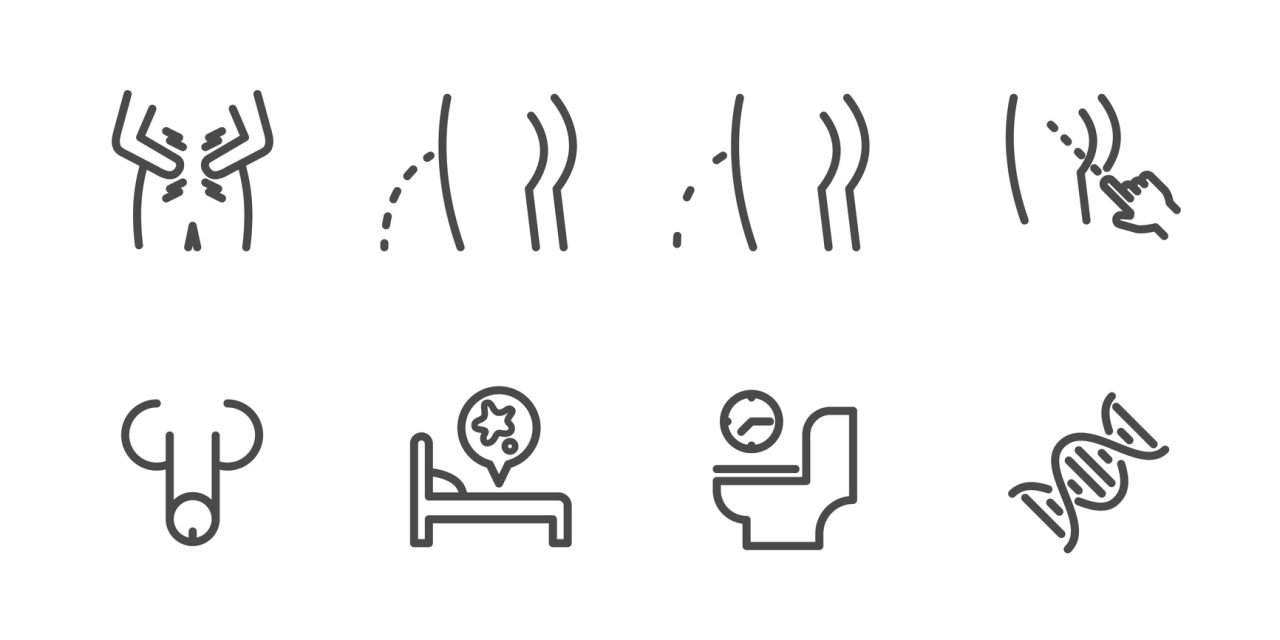To evaluate the learning curve (LC) of two urology residents in the execution of fusion biopsy (FB) in terms of overall prostate cancer (PCa) and clinically significant (cs) PCa detection rate (DR) and according to different characteristics of the lesions on MRI MATERIAL AND METHODS: We analyzed data from our prospective maintained FB database between January 2015 and December 2019. FB was performed using the BioJet fusion system (D&K Technologies, Barum, Germany) with a transrectal or transperineal approach. An ANOVA test was used to evaluate the homogeneity of our cohort. Multivariable linear and logistic regression analysis were used to evaluate the relationship between operator experience and DR for PCa and csPCa. Then, the postprocedural complication rate trend was evaluated.
1005 patients were included. The overall DR of PCa was 61.2% (615/1005) [IC 0.58 – 0.64]; whilst DR for csPCA was 54.6% (549/1005) [IC 0.51 – 0.57]. Operator experience does not seem to influence the DR of overall PCa and csPCa; whilst for lesions <8 mm in diameter, PCa and csPCa DR increased significantly with operator experience (p=0.048 and p=0.038, respectively). Postprocedural complications remained stable during the whole study period (p=0.75).
A standardized FB approach turned out to be feasible, safe, and effective since the beginning of the residents’ LC. PCa and csPCa DR remained stable, at 60% and 55% respectively, after more than 1000 biopsies. However, for lesions smaller than 8 mm, at least 100 FB of experience is needed to correctly sample the area.
Copyright © 2021. Published by Elsevier Inc.
Beyond the learning curve of prostate MRI/TRUS target fusion biopsy after more than 1000 procedures.


